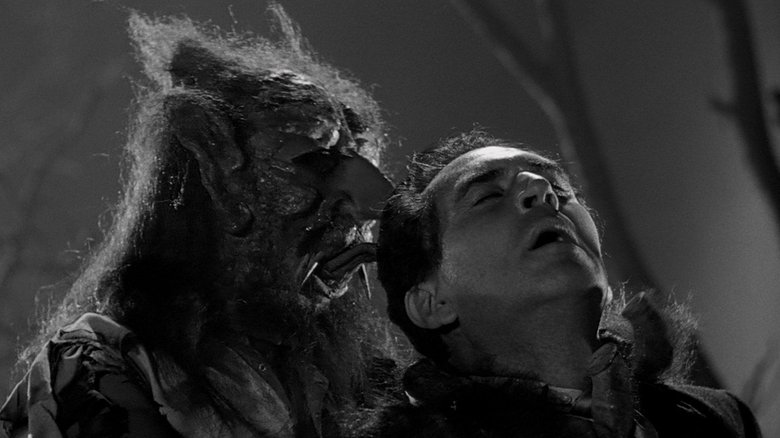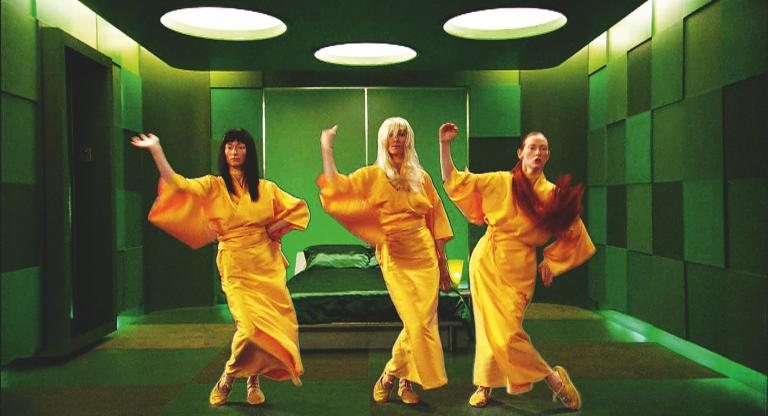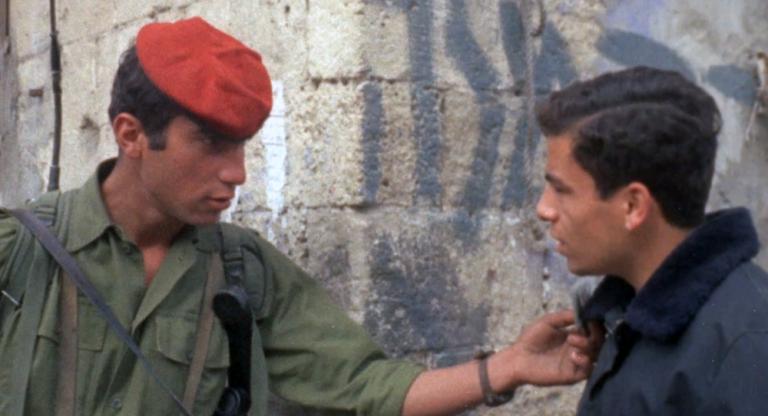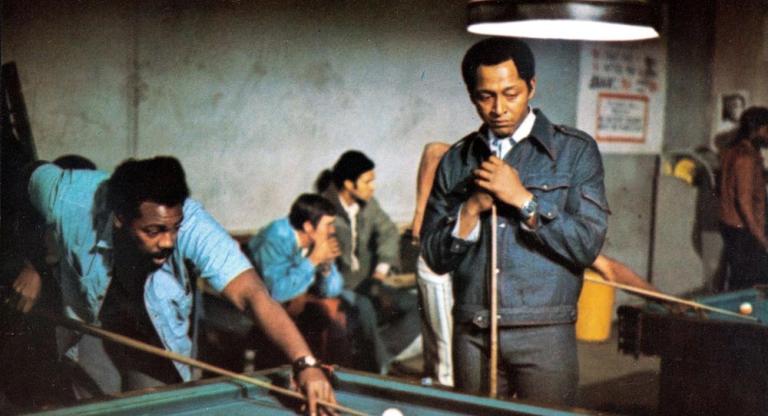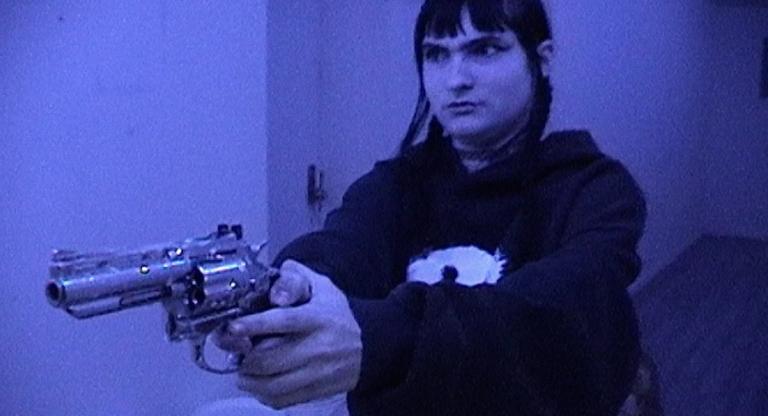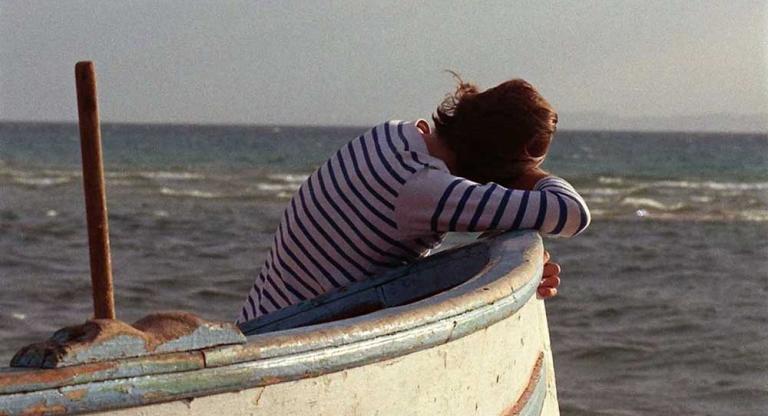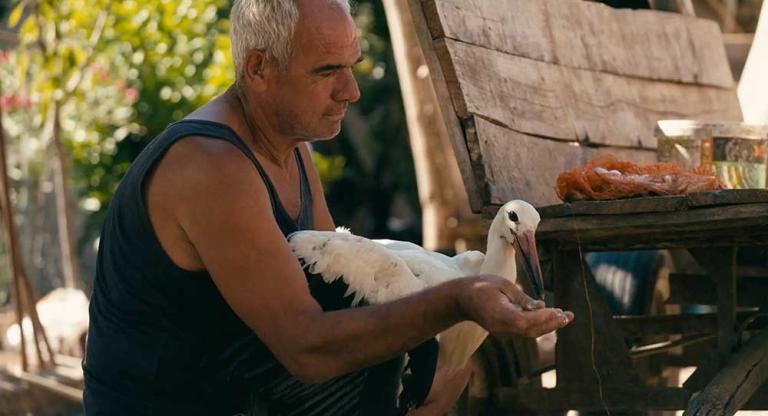Santiago Eduardo Urueta Sierra, better known as Chano Urueta, was born in 1895 and made his last film in 1974. His filmography, which accounted for over 100 films, mostly consisted of cheapies—lurid spectacles intended for large audiences. Yet, when he wanted, Urueta directed films with a degree of sophistication typically unfit for projects like El Superhombre (1946) and Blue Demon vs. the Infernal Brains (1968). And, it is within the realm of horror in particular that he excelled, making films of a strange, shocking, and violent sort.
The Brainiac (1962) is one of these films. It concerns Baron Vitelius of Astara, a powerful necromancer who is burned at the stake in 1661 under the orders of New Spain’s Holy Inquisition. But, not before he vows to return in 300 years, riding on a comet, to kill the descendants of those who wronged him. Reconciling the folksiness of witch tales with the weirdness of ‘60s space horror, Urueta’s film blends together all sorts of genre tropes, coming away with a chilling tale about a vengeful man who won’t stop at anything until he executes his will. Actor (and producer) Abel Salazar’s dead gaze as the central villain magnifies the horror of his actions, channeling the sociopathy of serial killers who regularly made the headlines in Mexico’s infamous notas rojas (more or less garish crime reports published in the tabloids). In that sense, The Brainiac falls in line with a series of other films like Alejandro Galindo’s The Mind and the Crime (1961) and Luis Buñuel’s The Criminal Life of Archibaldo de la Cruz (1955), both of which put murder and madness at the front of the Mexican psyche. Urueta’s choice to have the Baron carry out his misdeeds in exceedingly violent and creative ways only reinforces the serial killer comparison.
But, for all its real-world connotations, The Brainiac has plenty of otherworldly qualities. For instance, and for reasons that are never explained, the Baron returns to Earth as a ghoulish monster who must snack on people’s brains to maintain a human appearance. The wear-on, wear-off quality of his appearance results in some rather comedic, though surprisingly unsettling images of the Baron in monster form wearing a suit. His look is that of an office yuppie with a demonic head, snake-tongue, and tubular arms—perhaps there’s a metaphor to be parsed out there, but what it reminded me most of was of our nation’s celebrated alebrijes (sculptural animal fusions) and the shocking dog men who occasionally pop up in Raúl Ruiz’s films. Then there’s the fact that every set looks like an abandoned castle, and that every exterior is a giant blown-up photo. All of this lends Urueta’s film a surreal feel. With one foot in the real horror of tabloid frenzy, and another in the depths of the unknown, The Brainiac typifies Urueta’s uncanny ability to make the preposterous feel like a real threat, and real threats feel beyond reason.
The Brainiac screens this Saturday, October 18, at the Roxie as part of the series Noche Oscura: Mexican Gothic Terror Tales.
